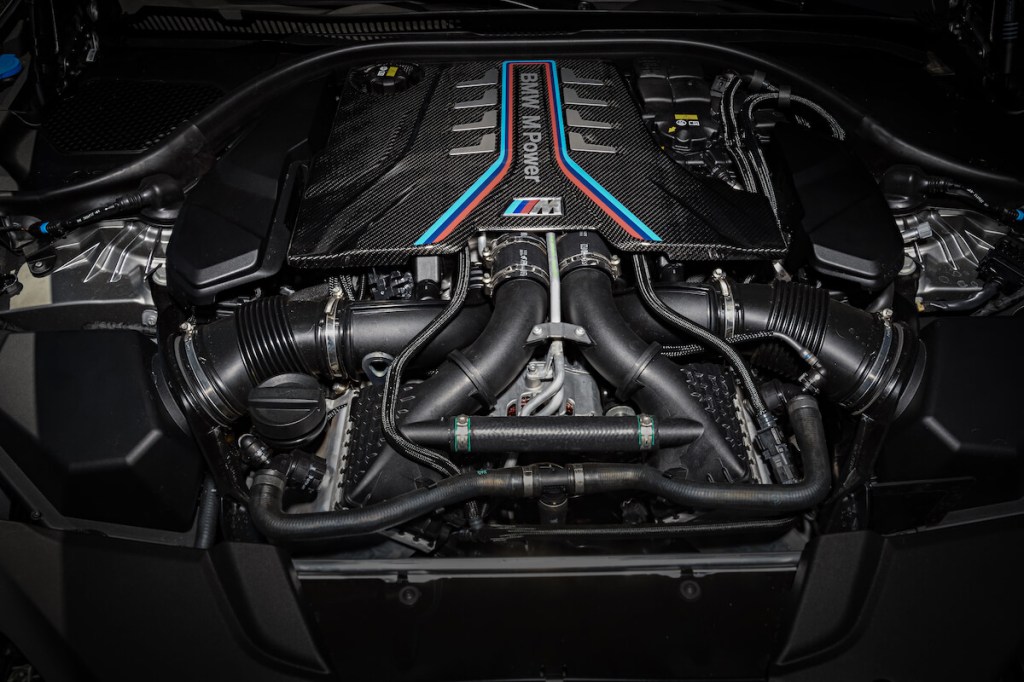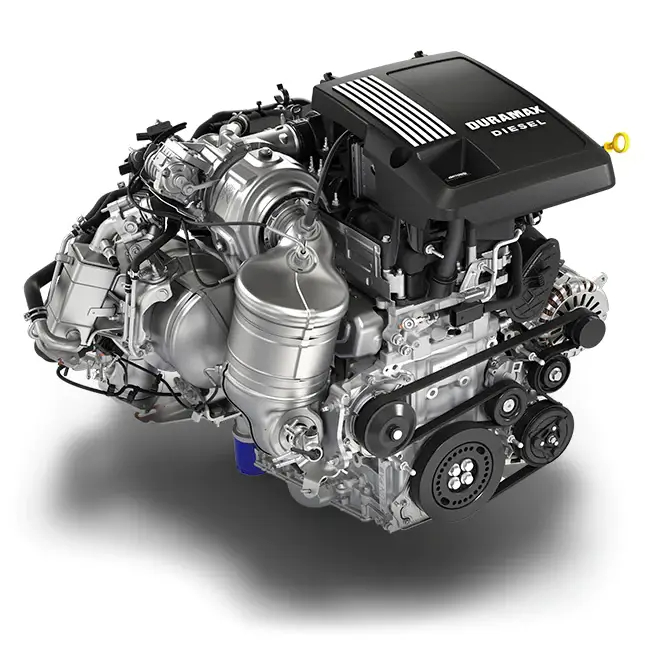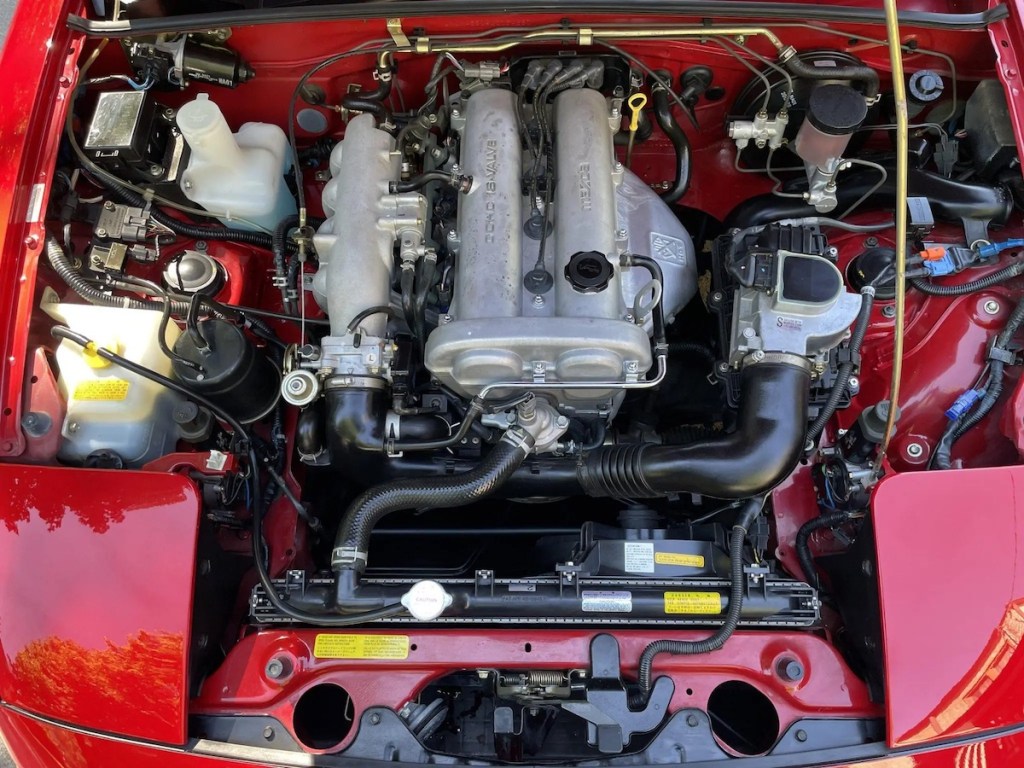When it comes to buying a car, one of the most important decisions you’ll make is choosing the right engine size. And with so many different measurements and units to consider, knowing exactly what you’re getting can be unclear. For example, a standard measurement used to describe the size of an engine is liters. But what exactly do liters mean in an engine? Let’s dive in and find out.
What are liters?

First, it is essential to understand what liters are. A liter is a unit of volume measurement commonly used to measure fluids such as gasoline or oil. In the context of automobile engines, liters describe the total volume of all the engine’s cylinders combined. Each cylinder is a mini engine that burns fuel to create energy.
The more cylinders an engine has, the more fuel it can burn and the more power it can generate. So when you see an engine described as a 2.0 liter engine, that means the total volume of all its cylinders combined is 2.0 liters. This measurement is also commonly known as engine displacement.
What does engine displacement mean?

But what does engine displacement really mean for a car’s performance? In general, a larger engine displacement will mean more power and torque. This is because a larger displacement engine can burn more fuel and air, creating a bigger explosion and therefore more force to turn the wheels. However, a bigger engine also means more weight and potentially less fuel efficiency, so it’s important to balance power with practicality.
When deciding on engine liters, it’s also important to consider your driving needs. For example, a smaller engine may be more efficient and practical if you primarily use your car for commuting or city driving. However, if you do a lot of highway driving or need to tow heavy loads, a larger engine may be necessary to provide the necessary power and torque.
Is there a substitute for commuting?

Engine liters are not the only factor influencing a car’s performance, and recognizing this is crucial. Turbocharging, supercharging, and hybrid or electric motors are among the other variables that can significantly affect a car’s performance. For example, a vehicle with a smaller engine size that has been turbocharged can produce the same power as a larger naturally aspirated engine.
Supercharging can provide an increase in power by compressing air, increasing the amount of fuel that can be burned. On the other hand, hybrid or electric motors offer a different kind of performance, emphasizing energy efficiency and instant torque rather than raw power. Consequently, it is important to compare how Mobil has done.
Do liters matter?
In short, an engine’s liters refer to the total volume of all cylinders combined, also known as the engine’s displacement. A larger engine displacement generally means more power and torque, but comes with added weight and potentially lower fuel efficiency. So when choosing an engine size, it’s essential to consider your riding needs and balance power with practicality.


